Wind River (2017)
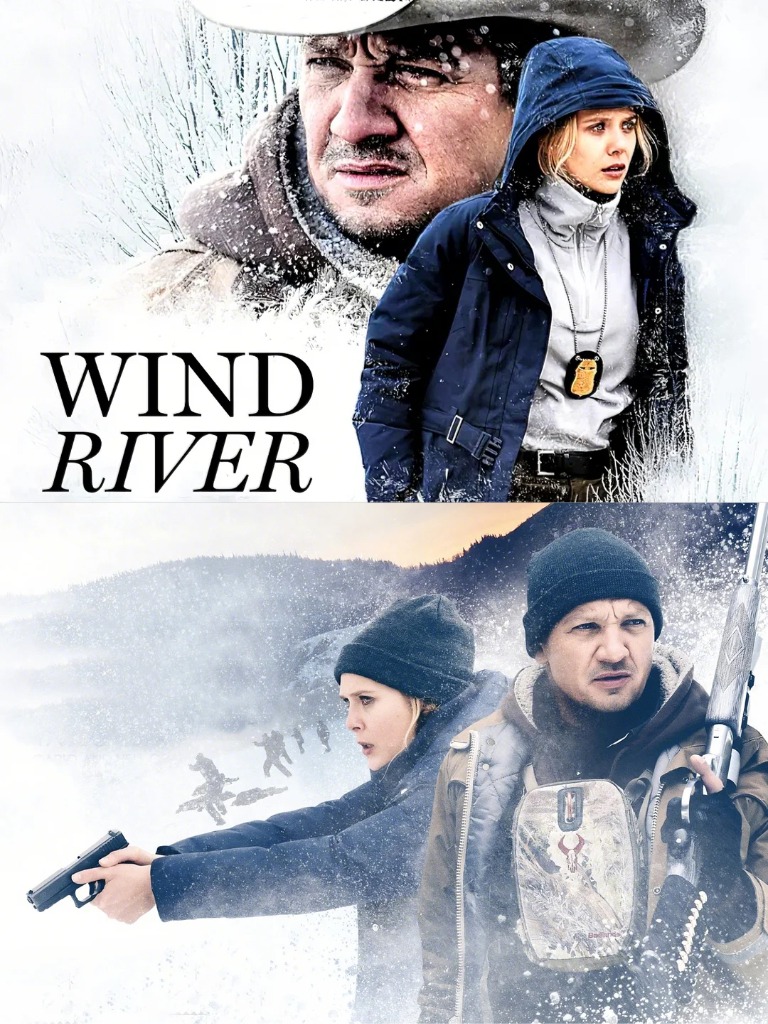
Introduction to Wind River: A Gripping Neo-Western Crime Drama
Wind River (2017) is a chilling and thought-provoking neo-western crime thriller written and directed by Taylor Sheridan, marking his directorial debut. As the final chapter of Sheridan’s “American Frontier” trilogy—following Sicario (2015) and Hell or High Water (2016)—the film delves into the harsh realities of life on a Native American reservation, blending mystery, action, and profound emotional depth. Premiered at the Sundance Film Festival and lauded with the Un Certain Regard Best Director award at Cannes 2017, Wind River is a haunting exploration of grief, justice, and survival in a forgotten corner of America. Here’s a comprehensive introduction to the film, covering its plot, characters, themes, and why it’s a must-watch.
1. Setting and Plot
Set in the snow-covered, desolate landscape of the Wind River Indian Reservation in Wyoming, USA, the film paints a stark picture of a remote region where harsh weather, isolation, and social issues create a backdrop as unforgiving as the crimes it harbors. The story begins with Cory Lambert (Jeremy Renner), a veteran wildlife tracker with the U.S. Fish and Wildlife Service, discovering the frozen body of a young Native American woman, Natalie Hanson (Kelsey Asbille), in the wilderness. Evidence suggests she was raped and died running barefoot in the subzero cold, highlighting her desperate fight for survival.
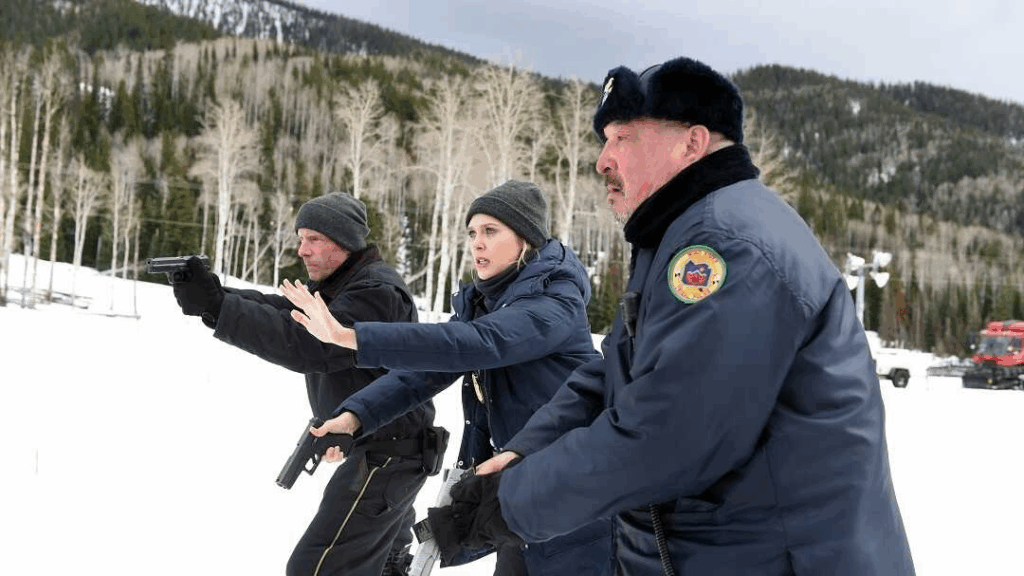
The FBI sends Jane Banner (Elizabeth Olsen), a rookie agent unprepared for the harsh environment and complexities of the reservation, to investigate the murder. Cory, haunted by the loss of his own teenage daughter years earlier, partners with Jane to navigate the treacherous terrain and unravel the truth. Together, they confront a web of violence, systemic neglect, and personal trauma, uncovering a brutal reality that reflects the challenges faced by Native American communities. The investigation leads to tense confrontations and a climactic standoff, blending procedural drama with raw, emotional storytelling. The film is inspired by real-life issues of missing and murdered Indigenous women, a crisis often overlooked, as noted in posts on X and web sources.
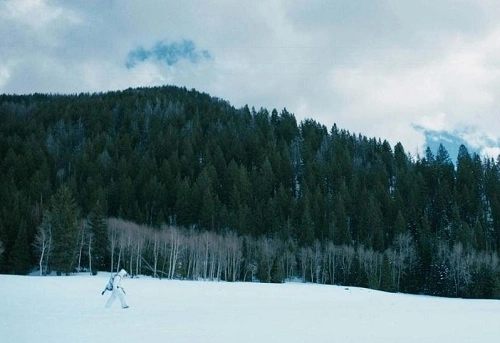
2. Cast and Characters
Wind River boasts a stellar cast that brings depth to its complex characters:

- Jeremy Renner as Cory Lambert: A skilled tracker with deep ties to the Native American community through his ex-wife, Cory is a stoic yet empathetic figure grappling with personal loss. Renner’s nuanced performance conveys both resilience and vulnerability, making Cory the emotional anchor of the film.
- Elizabeth Olsen as Jane Banner: A young, inexperienced FBI agent thrust into an unfamiliar world, Jane evolves from naive to determined. Olsen’s portrayal captures her growth as she faces the harsh realities of the case and her own limitations.
- Gil Birmingham as Martin Hanson: Natalie’s father, whose raw grief is portrayed with heartbreaking authenticity. Birmingham’s scenes, particularly his conversations with Cory, are among the film’s most emotionally resonant.
- Jon Bernthal as Matt Rayburn: A supporting character whose brief but impactful appearance adds a layer of tragedy to the story, with a flashback scene that’s both shocking and unforgettable.
- Julia Jones as Wilma Lambert: Cory’s ex-wife, whose reserved demeanor hints at unresolved pain from their shared past, though her story remains underexplored, leaving some viewers wanting more.
The ensemble, including local law enforcement and reservation residents, adds authenticity, with many actors delivering subtle yet powerful performances that highlight the community’s struggles.
3. Themes and Social Commentary
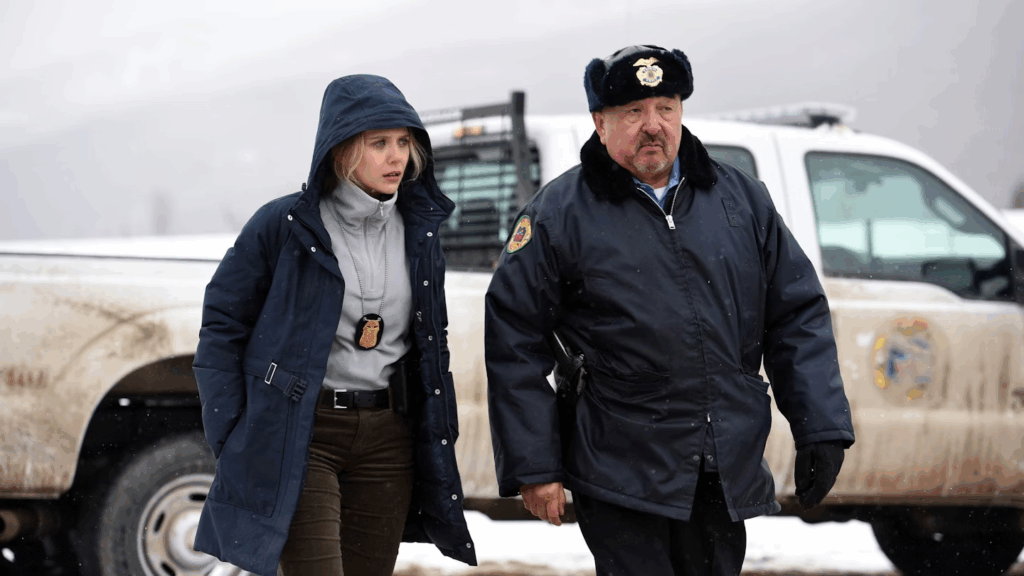
Wind River is more than a crime thriller; it’s a poignant commentary on systemic issues and human resilience:
- Plight of Native American Communities: The film sheds light on the epidemic of missing and murdered Indigenous women, a real-world crisis often ignored by authorities. The reservation’s isolation and lack of resources underscore the neglect faced by Native communities, a point emphasized in reviews and X posts.
- Grief and Redemption: Cory’s personal tragedy drives his determination to seek justice, reflecting themes of healing through action. His interactions with Martin highlight shared pain and the search for closure.
- Nature vs. Civilization: The unforgiving Wyoming landscape is a character in itself, symbolizing both beauty and brutality. The film contrasts the lawlessness of the wilderness with the failure of human systems to protect the vulnerable.
- Justice and Morality: The climactic resolution raises questions about vengeance versus justice, delivered with raw intensity that leaves viewers reflecting on moral boundaries.
4. Highlights to Look Forward To
4.1. Cinematic Craftsmanship
The film’s visuals, shot by cinematographer Ben Richardson, are breathtaking, capturing the stark beauty and desolation of the Wyoming wilderness. Snowy landscapes and tight, intense close-ups create a visceral atmosphere. The sound design, from howling winds to jarring gunshots, amplifies the tension, though some reviews note the sound can be overly intense.
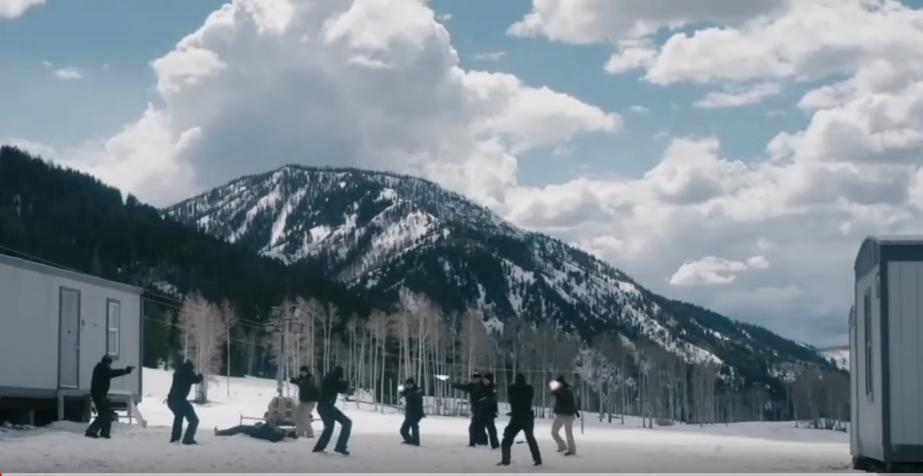
4.2. Emotional Depth
The dialogue, particularly between Cory and Martin, is concise yet profound, delivering moments of raw emotion that resonate deeply. The film balances quiet, introspective scenes with explosive action, creating a rhythm that keeps viewers engaged.
4.3. Intense Action Sequences
The film builds to a gripping standoff, praised for its realism and intensity. The sudden escalation of violence, especially in a pivotal flashback and the climactic shootout, is both shocking and masterfully executed, drawing comparisons to games like Sniper Elite 4 for its precision.
4.4. Social Impact
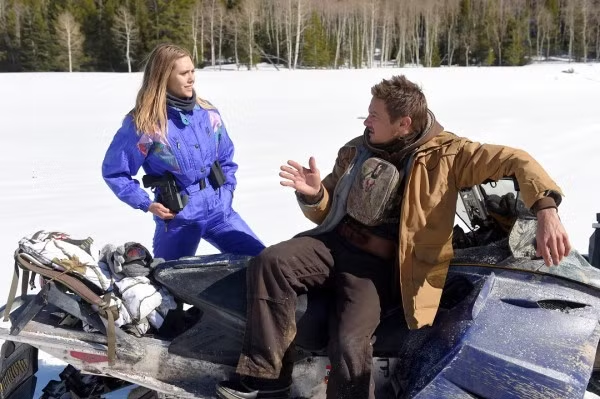
Wind River doesn’t shy away from uncomfortable truths, using its narrative to highlight the marginalization of Native Americans. The film’s closing text notes that no statistics are kept on missing Native women, a stark reminder of systemic failures.
5. Production Details
- Release Date: August 4, 2017 (USA); September 2017 (Vietnam as Vùng Đất Tử Thần).
- Director and Writer: Taylor Sheridan, known for Sicario and Hell or High Water, brings his signature gritty realism and thematic depth.
- Filming Locations: Shot in Utah and Wyoming, capturing the authentic harshness of the setting.
- Runtime: 107 minutes.
- Reception: Praised for its performances, visuals, and social commentary, with an 87% approval rating on Rotten Tomatoes. Some criticism focuses on a predictable plot and underdeveloped subplots, such as Wilma’s backstory.
6. Why Watch Wind River?

- For Thriller Fans: The film offers a gripping mix of mystery, action, and psychological drama, with a slow-burn pace that erupts into intense confrontations.
- For Social Awareness: It sheds light on a critical yet underreported issue, making it both entertaining and thought-provoking.
- For Cinematic Excellence: Stellar performances, haunting visuals, and Sheridan’s sharp writing make it a standout in the neo-western genre.
- For Emotional Impact: The film’s exploration of grief and resilience resonates deeply, with scenes that linger long after the credits roll.
7. Conclusion
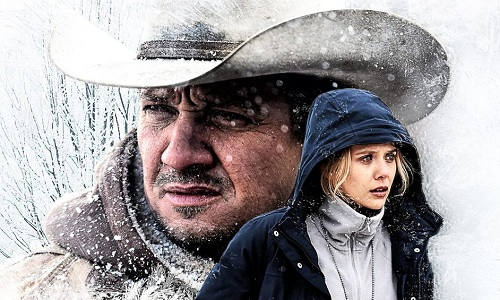
Wind River is a masterful blend of crime drama, neo-western, and social commentary, delivering a story that’s as emotionally gripping as it is visually stunning. Taylor Sheridan’s directorial debut, bolstered by powerful performances from Jeremy Renner and Elizabeth Olsen, shines a light on the overlooked struggles of Native American communities while weaving a tense and unforgettable narrative. Whether you’re drawn to thrilling mysteries, character-driven stories, or films with real-world impact, Wind River is a must-watch. Stream it on platforms like Netflix or Google Play, and join the conversation on X or Reddit to share your thoughts! #WindRiver #NeoWestern #TaylorSheridan
Content Warning: The film contains scenes of sexual assault and violence that may be disturbing for some viewers.